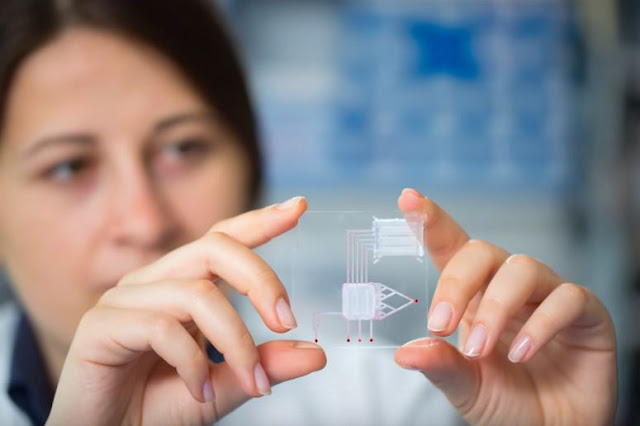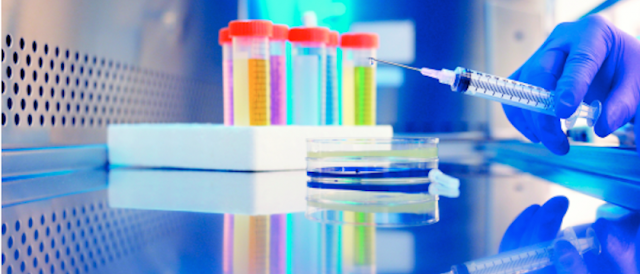MOLECULAR MODELING IN PHARMACEUTICAL
CHEMISTRY AND DRUG DESIGN
Specially designed
computer software is revolutionizing procedures for structured or rational drug
design and discovery. Drug design is a creative act of the same magnitude as
composing, sculpting, or writing. Drug Design manually serves for the analysis
of molecular structure and the correlation of these structures with pharmacological
reactions. In understanding the three-dimensional aspects in the
specificity of drug-receptor interactions at the molecular level Molecular
modeling plays an important role. Opportunities has been created by Molecular
modeling in assisting medicinal chemists in the design of new therapeutic
agents. High-performance computing and graphics tools are brought within reach
of most academic and industrial laboratories by the developments made in
theoretical medicinal chemistry and computer hardware, facilitating the
approaches for the development of rational drug design.
Molecular
modeling has become a essential tool to medicinal
chemists in the drug design process. Theoretical
chemistry methods and experimental data to predict molecular and biological
properties are involved by the Molecular modeling. From Hückel, Mullikan and
‘classical mechanical programs’ of Westheimer, Wiberg and Boyd the Molecular
modeling technique were designed.
When leads are available,
the next step consists in their optimization. In medicinal chemistry the lead
optimization process concerns many aspects such as the optimization of the
affinity for the biological target, the toxicity, the oral bioavailability, the
cell permeability, the plasma binding, the ease of metabolism. This process
requires the synthesis of a series of analogues and testing their biological
activities. The principle employed is that any incremental change in the
chemical structure produces incremental (positive or negative) changes in
bio-activity. A systematic study of such cause and effect relationship is
called structure activity relationship (SAR) study. The process is highly
iterative and traditionally based on trial-an-error. Some strategies (have also
been advocate to help in focusing on the most informative experiments.
Molecular modeling
approaches aim to increase the speed and efficiency in the drug discovery
process. Molecular modeling is, however, not a direct route to new drugs, but
it provides a somewhat more detailed map to the goal. Molecular modeling will
help to make the drug design process more rational. Molecular modeling in the
discovery of new drugs shows the utility of such analyses used in close
coupling with traditional medicinal chemistry techniques.
For more details join us
@ https://drug-chemistry.pharmaceuticalconferences.com/




Comments
Post a Comment